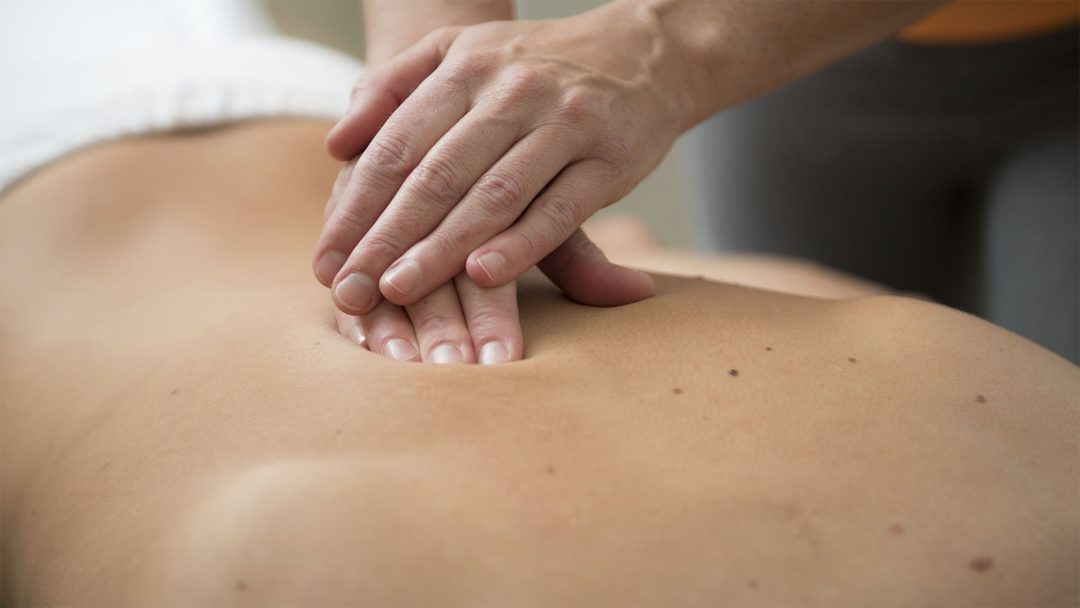Lymphatic Drainage

Lymphatic drainage is used to treat regions of the body experiencing venous or lymphatic congestion through manual techniques. This massage technique is employed in various fields to support the lymphatic system.
Particularly effective for edema, postoperative swelling, or after injuries, lymphatic drainage promotes the removal of tissue fluids, reduces pain, and aids in the healing processes. Additionally, it has proven successful in treating conditions within the rheumatic spectrum, migraines, and inflammatory processes. Furthermore, lymphatic drainage can contribute to strengthening the immune system.
In aesthetic medicine, it is utilized for reducing cellulite and promoting a firmer skin appearance.
The versatility of this therapy makes it a valued method in physiotherapy and rehabilitation.
To perform lymphatic drainage effectively, emphasis is placed on intestinal cleansing and supporting other detoxification methods in the body to enhance detoxification. A alkaline diet proves particularly advantageous. We recommend combining lymph drainage with an individualised treatment plan for detoxification.
Med. pract. Dana Hreus M.A.
We recommend combining lymph drainage with an individualised nutrition plan.

Further information
Further information intended to give a better overview of the topic.